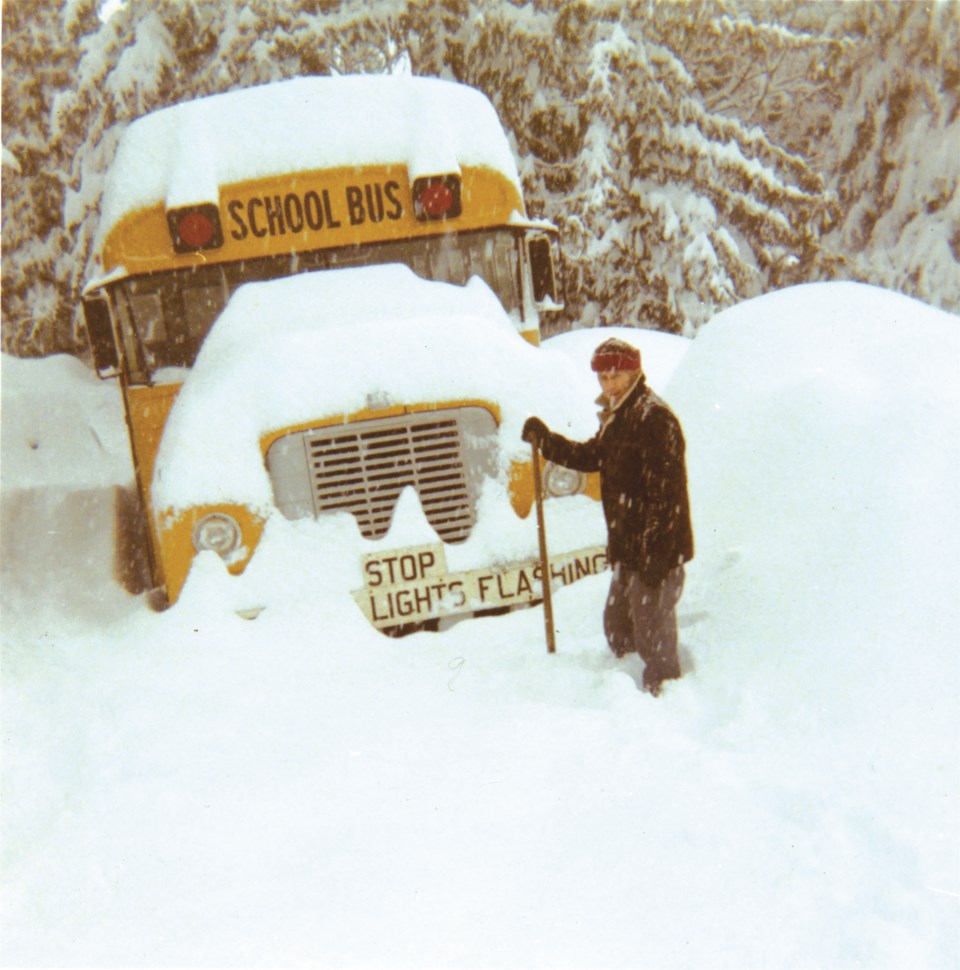It is hard to imagine a time in Whistler when the only school in the area (a single-room schoolhouse heated by a wood stove) struggled to remain open because it could not keep 10 students enrolled. But for many years, the community could not reach this threshold. Up until the 1970s, getting an education in the valley was far from easy, and getting to school required determination and a knack for ignoring the cold.
Whistler’s first school opened in the early 1930s. Prior to that, students could bring their correspondence schoolwork to the Alta Lake Hotel to be supervised, and also to see their peers. Once the Alta Lake School opened, attendance fluctuated from year to year (and occasionally inflated), and it opened and closed accordingly. When the school was closed, children either returned to correspondence courses, or lived elsewhere in the province.
For the children of Alta Lake, school provided most of their social interactions. Families were scattered throughout the area, and before proper roads and cars came to the valley, travelling on foot was often the only option. In order to get to school, children sometimes had to walk for miles, mostly unattended, along operational railroad tracks. For some, the journey was shorter in the winter when it was possible to walk across the lakes. At times the snow made it impossible to reach the school at all.
Bob Jardine, who was responsible for getting himself and his younger brother Tom Neiland to school, recalled that “Tom was four years younger than I was, so I was 14 and he was 10… it used to terrify me to take him through the railway cuts, especially when the snowplow was galloping around there.”
After Whistler Mountain opened in 1966, the year-round population began to grow and the days of struggling to pull together 10 students were soon replaced with a constantly growing student population. The Alta Lake School closed permanently in 1970, and in 1976 Myrtle Philip Elementary School opened with 57 students.
Until the 1960s, students had to take correspondence courses once they reached Grade 8 because the teacher was unqualified to teach past Grade 7. But by 1966, the road to Whistler had been paved, and it was possible to bus high-school students to Squamish. At first, about 10 students were bussed down the highway. The bus ride took more than an hour, though for many the commute was significantly longer than that. The bus picked up students from the gas station in Creekside, but they had to make their own way there.
In an interview with the museum, Renata Bareham, who was part of the first group to attend high school in Squamish, described it as “quite the trek.” It took her an hour to walk to the gas station and the drive to Squamish, especially during the first week, was harrowing. She recalled that “the road was very windy and for the first week of school I just about threw up everyday because we were in this little minivan… and we had to sit side-bench so I was not facing the road.” She added that “eventually I got over it and now I never get carsick.” She attended high school in Squamish until she graduated in 1969. That was the last year they bussed students to Squamish. As of 1970, high-school students were sent to Pemberton, and this continued until Whistler Secondary School opened in 1996.
Keely Collins is one of two summer students working at the Whistler Museum this year through the Young Canada Works Program. She will be returning to the University of Victoria in the fall.






